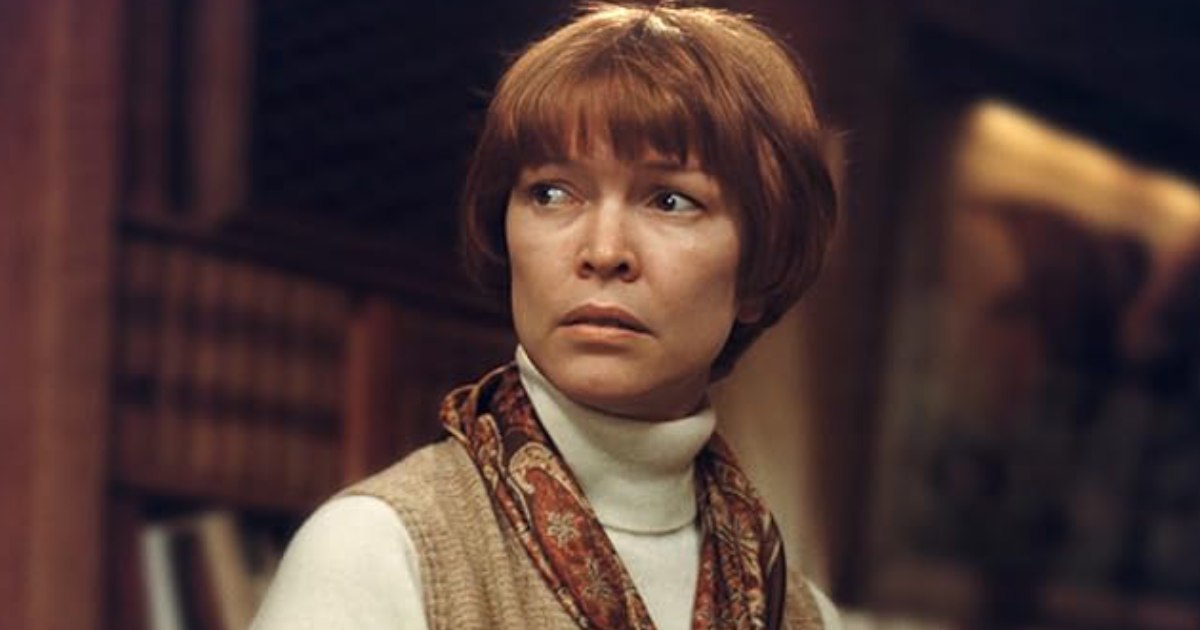
In 1973, when The Exorcist hit the big screens, the film didn’t just scare audiences, it sucked the life out of their living, breathing bodies. The William Friedkin-directed cult classic was unlike anything the ordinary people had ever seen before – a young girl, possessed, twisted by something ancient and cruel, screaming obscenities while her body contorted in inhuman ways. It was at that time that many realized that horror had broken its own boundaries, and it wasn’t going back.
The Unearthed Curse Of Exorcist
However, beneath the shrieks and spinning heads was something more sinister and mythic. The demon behind the madness wasn’t Satan, as many first believed. It was Pazuzu, a forgotten force from the windswept deserts of ancient Mesopotamia. And truth be told, he didn’t just show up out of nowhere.
The film opens far from the young Regan’s quiet home, in the sands of Iraq, where Father Merrin uncovers a curious relic during an archaeological dig. The small amulet he finds, twisted and fierce in design, is tied to something far older and darker than what any priest might expect to face in a modern exorcism.
Trending
That relic isn’t just set dressing. As Merrin faces down a massive statue of the same figure, silent and looming against the desert sun, it becomes clear that this isn’t just about a little girl in DC, and something old and evil has stirred. Although the connection between the unearthed artifact and the events that follow is never spelled out directly, its influence drips through every frame.
The film also offers no comfort in the unknown. It is vague hints, silent statues, and the creeping thought that Merrin brought something back with him, or worse, that he awakened it. By the time Pazuzu made its presence fully known in the United States, Regan was no longer herself. Her voice is warped. Her body twists into inhuman shapes. She snarls filth at priests and bleeds from places a child should never bleed. But the demon’s name is never once spoken in the film, and that silence only added to the terror. Viewers assumed the worst, and many took it to mean the devil himself had stepped into her skin.
Captain Howdy Opens The Door
The Exorcist book makes clear what the movie hints at. Regan made first contact through something much more mundane—a Ouija board. She calls him Captain Howdy, a name innocent enough to disarm a child. But behind that playful moniker lurked something ancient that had survived the rise and fall of empires. Pazuzu, demon of winds and plagues, didn’t just find his way to Regan. He chose her. Among the spirits stirred by the board, he latched on, perhaps because he wasn’t just evil, he was dominant as well.
Pazuzu: The Demon With Two Faces
Unlike many horror villains, Pazuzu wasn’t invented for the screen. His roots dig deep into Assyrian and Babylonian myth, where he ruled the demons of the wind. His form, an unsettling mix of man, animal, and insect, speaks to his chaotic nature—a dog or lion’s face, eagle talons, four wings, and scorpion sting.
He brought droughts and disease, but paradoxically, also warded off other malevolent spirits. That duality adds a disturbing layer to The Exorcist. Pazuzu may have protected Regan from other demons, but only so he could torment her alone.
Later sequels and spin-offs tried to dig deeper into his lore, but none carried the same weight as the original. Despite new interpretations, that first film remains timeless, partly because it refuses to over-explain. It leaves just enough room for viewers to fill in the dread themselves. While later entries and extended lore would confirm Pazuzu as the possessing force, the 1973 film kept things ambiguous, letting the fear linger in the unknown.
For more such stories, check out Hollywood
Follow Us: Facebook | Instagram | Twitter | YouTube | Google News



 Follow Us
Follow Us









